
Citroën DS5 Hatchback (2012-2015) engines, drive and performance
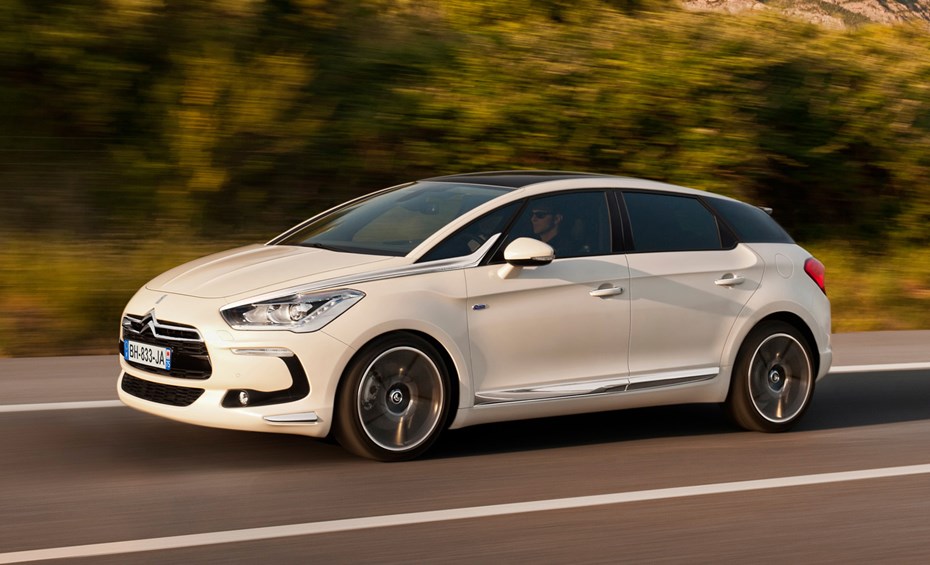
Buyers get the choice of four engines to supply Citroen DS5 performance. There’s one petrol, two diesels and a diesel/electric hybrid.
The single petrol is the 1.6-litre THP 200 engine. Mated to a six-speed manual gearbox, this 200bhp engine will do 0-62mph in a fairly swift 8.2 seconds. It’s unlikely to be a popular choice, though, with Citroen expecting it to make up just 5% of DS5 sales.
The diesel engines are likely to be the most popular available with the French firm expecting them to make up 85% of sales. The diesel range starts with the e-HDi 110. Producing 112bhp it will take a leisurely 12.4 seconds to hit the 62mph benchmark.
This engine is fitted with Citroen’s six-speed clutchless EGS automatic gearbox. It’s not the most relaxed of driving experiences. Unless you are patient and lift off the accelerator at the right time, the gear changes are jerky.
Fortunately the other diesel engine comes with the choice of six-speed manual or regular six-speed automatic gearbox. With 163bhp, this 2.0-litre HDi 160 engine will go from 0-62mph in 8.8 seconds, with the manual gearbox, and in 10.1 seconds with the automatic gearbox.
It’s a good engine with plenty of low-down pull and good in-gear acceleration that means you don’t have to change gears when faced with a steep incline or the need to overtake.
The automatic gearbox is fairly smooth and also eager to drop down a gear or two if you do need that extra bit of pace.
For the lowest running costs, the Hybrid4 model is powered by a combination of diesel engine and electric battery, much like a regular petrol/electric hybrid. The diesel engine produces 163bhp while the electric motor makes 37bhp. The combined 200bhp means you will go from 0-62mph in 8.6 seconds and on to a top speed of 131mph.
This engine is paired with the same EGS gearbox found in the lower powered diesel. The electric motor’s additional propulsion, however, reduces the effect of the jerky gear changes and results in a much smoother drive than the standard model. The battery pack adds around 100kg, but it doesn’t have a noticeable effect on performance. The power delivery is smooth and the electric motor gives that added boost when it’s needed.
There are four driving modes to choose from in the Hybrid4. The default Auto mode switches between diesel and electric power to optimise fuel economy while Sport mode combines the two to provide extra power and more responsive acceleration. ZEV mode enables the car to be driven using just the electric power up to 37mph and finally the 4WD option does as you’d expect with the diesel engine powering the front wheels and electric motor powering the rear wheels.
There’s not even a hint of the boat-like cornering or wallow that buyers would experience in the more conventional C5. The DS5 corners incredibly flat and there’s almost no body roll at all. The ride and suspension is much harder, and while it can get a bit too much on the bigger wheels and rougher roads, it’s a big improvement over the softer setups that the manufacturer normally fits.
The handling is accurate and offers a decent amount of feedback. There’s plenty of grip and the electro-hydraulic power steering is well weighted making things more assured at higher speed and in tight corners. This doesn’t mean you’ll struggle once you get caught in any narrow streets, though. The steering becomes lighter at lowers speeds, allowing for easy manoeuvring – even in smaller spaces.
The Hybrid4 doesn’t feel quite as agile as the other models due to the extra 100kg that the electric motor adds to the car.


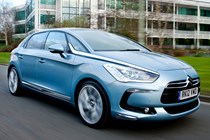
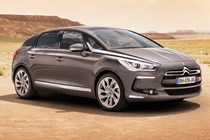
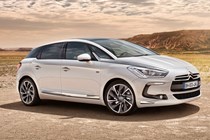
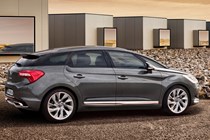
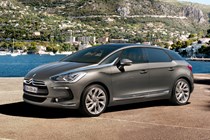
.jpg)
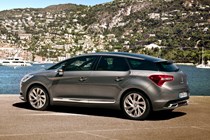
.jpg)
.jpg)
.jpg)
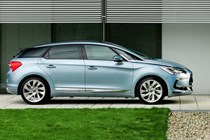
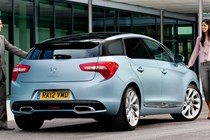
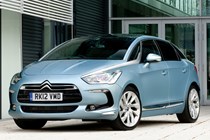

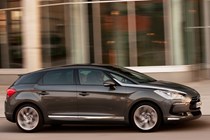
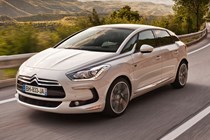
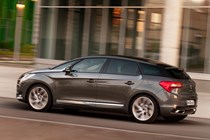
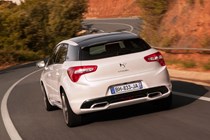
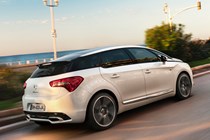
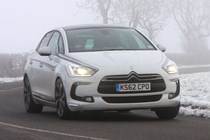
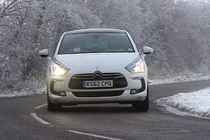
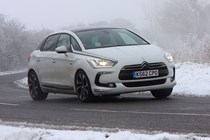
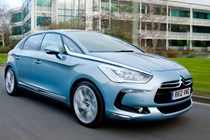

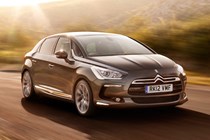
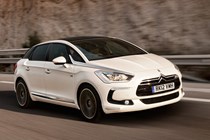

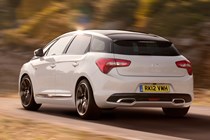
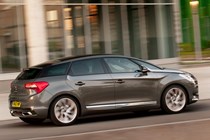
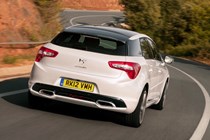
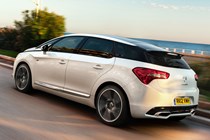
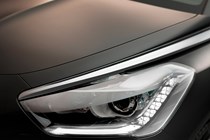
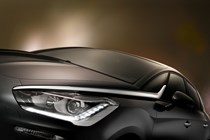
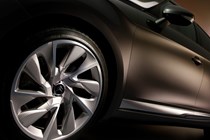

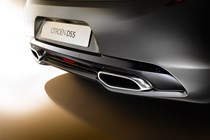
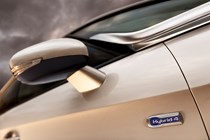

.jpg)
.jpg)
.jpg)
.jpg)
.jpg)
.jpg)
.jpg)
.jpg)
.jpg)
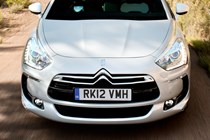
.jpg)
.jpg)
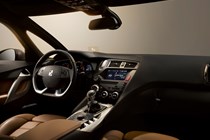
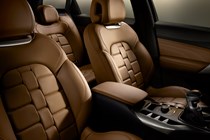
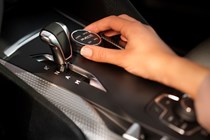
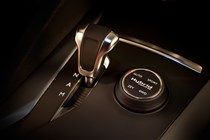
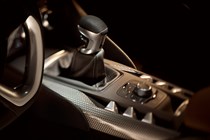
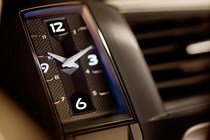
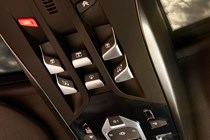
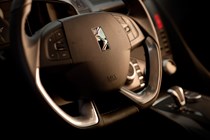
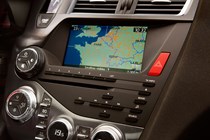
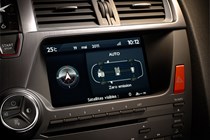
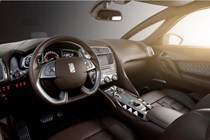
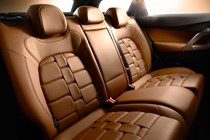
.jpg)
.jpg)
.jpg)
.jpg)
.jpg)
.jpg)
.jpg)
.jpg)
.jpg)
.jpg)
.jpg)
.jpg)
.jpg)
.jpg)
.jpg)
.jpg)
.jpg)
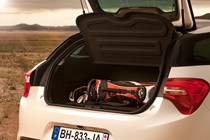
.jpg)
.jpg)
.jpg)
.jpg)
.jpg)





.jpg?quality=50)

.jpg?quality=50)
.jpg?quality=50)
.jpg?quality=50)




























.jpg?quality=50)
.jpg?quality=50)
.jpg?quality=50)
.jpg?quality=50)
.jpg?quality=50)
.jpg?quality=50)
.jpg?quality=50)
.jpg?quality=50)
.jpg?quality=50)

.jpg?quality=50)
.jpg?quality=50)












.jpg?quality=50)
.jpg?quality=50)
.jpg?quality=50)
.jpg?quality=50)
.jpg?quality=50)
.jpg?quality=50)
.jpg?quality=50)
.jpg?quality=50)
.jpg?quality=50)
.jpg?quality=50)
.jpg?quality=50)
.jpg?quality=50)
.jpg?quality=50)
.jpg?quality=50)
.jpg?quality=50)
.jpg?quality=50)
.jpg?quality=50)

.jpg?quality=50)
.jpg?quality=50)
.jpg?quality=50)
.jpg?quality=50)
.jpg?quality=50)